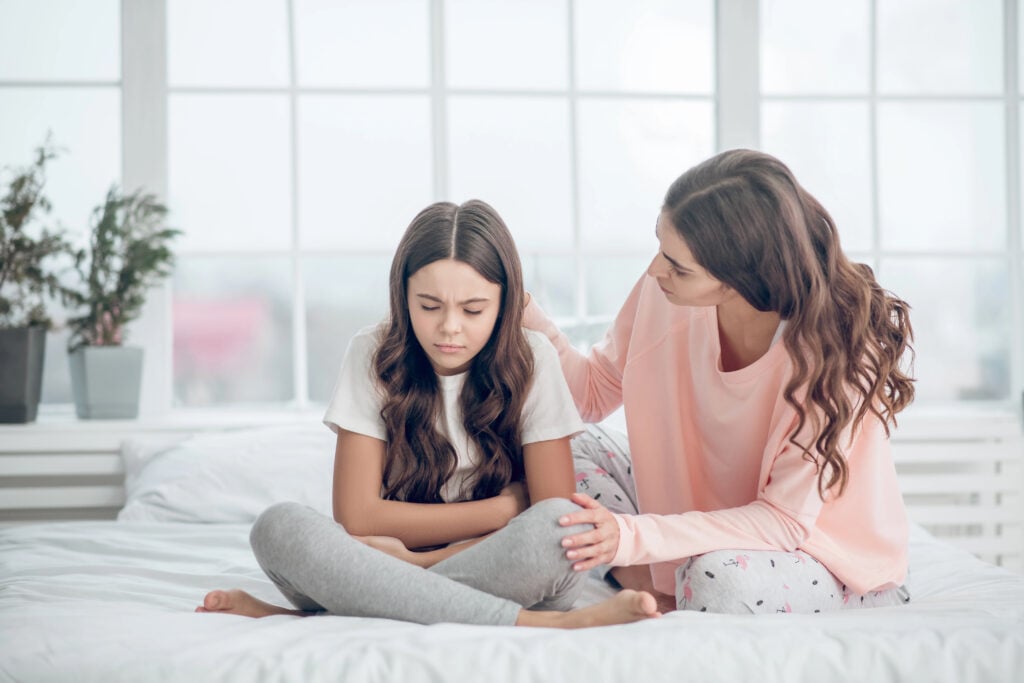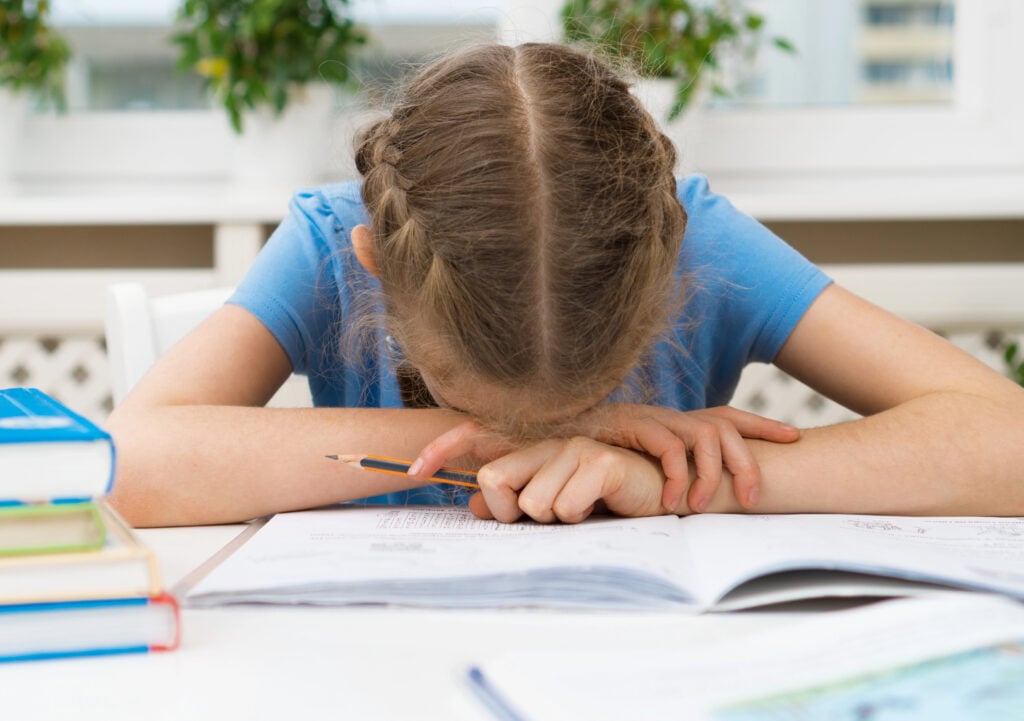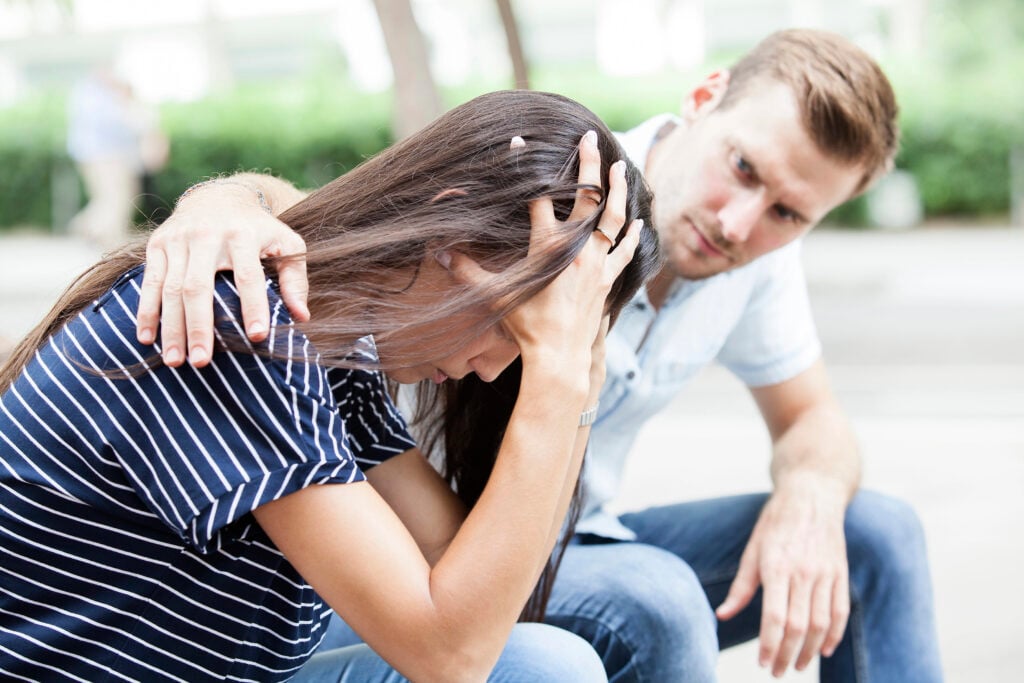
Anxiety disorders are on the rise in kids, and while the social effects of COVID-19, shutdowns, and other related changes accelerated the rise, rates were already growing rapidly. The prevalence can be attributed to many factors, including genetics and environment.
For parents, though, the daily battle is in how to support and protect our kids. For those who already have a diagnosis of an anxiety disorder or are showing significant symptoms, we want ways to help them feel safe and to grow and develop skills to manage the impact of their anxiety.
Fortunately, research increasingly shows that there are strategies and parenting styles that reduce the effects of anxiety on kids’ lives and futures.
The Rise Of Childhood Anxiety

COVID and the steps taken to limit its impact rightfully receive a lot of blame for the boom in childhood anxiety. Kids lost their daily routines, they lost in-person social interactions, and many of them also lost loved ones.
However, childhood anxiety was already increasing before the pandemic. The American Psychological Association reports that clinically-diagnosable levels of anxiety in children increased by 20% from 2007 to 2012, resulting in more than 1 in every 10 kids suffering an anxiety disorder. After COVID, though, this percentage had doubled.
The result is that one in every five kids is dealing with anxiety at a clinical level, and many more may be struggling with milder symptoms. (Typically, a symptom reaches the level of a diagnosable disorder when it demonstrably disrupts daily life. Symptoms below this level can still be distressing.)
If you think your child may be suffering from anxiety, speaking to their pediatrician is a crucial step to determine whether they may need additional support. There are also steps to take at home.
The Effect Of Parenting Styles On Anxiety
When anything is wrong with our kids, a parent’s first response is often to wonder if it’s our fault.
Did I cause my child’s anxiety? Is this because I overreacted when he was climbing furniture as an infant? Or did I do this to him by passing down the ‘wrong’ genes? Is it something I did or ate while I was pregnant? Was it my stress levels that caused this?
The short answer is that it’s unlikely you made any specific choices that directly ’caused’ your child’s anxiety, but research does suggest there are parenting choices that can either amplify or decrease the symptoms, or alter how they present.
According to Parenting, a recent study found that one way parents can reduce childhood anxiety symptoms is through warmth and support.
“Coldness and control may hurt. Parents who are overly strict or overly protective can exacerbate anxiety symptoms. Warmth and affection can help. Love and support from both parents can reduce anxiety symptoms.”
The study found that there are behaviors from parents, like guilt-tripping, setting unrealistic expectations, or using shame as a punishment and control technique, that can worsen anxiety symptoms. Avoiding these and replacing them with warmth, support, and gentleness can decrease symptoms.
Identifying Anxiety Symptoms

Symptoms of anxiety may be visible at any age, but they often become more noticeable as kids enter middle school or high school. Social and academic pressures are increasing, hormones are changing, and everything about life suddenly becomes more complicated.
Children’s Hospital of Orange County advises parents to watch for their children avoiding social situations, expressing excessive concern about peer judgment, withdrawal or isolation, and cyclical thoughts, such as repeating a series of events to determine whether they did something ‘wrong’ or socially unacceptable.
Anxiety can also show up as perfectionism, avoidance of situations that provoke anxiety, irritability, and clinginess. Sometimes it even causes physical symptoms, like repeated headaches or stomachaches, and sleep difficulties.
If it seems to be disrupting your child’s life, it’s time to reach out to their pediatrician.
What Will Doctors & Therapists Do?
Your child’s doctor may refer you to a therapist. In some cases, they may also refer your child to a psychiatrist for diagnosis and anxiety medication, but therapy tends to be the first approach.
There are a variety of techniques therapists can use for anxiety, starting with allowing your child to freely express their fears and concerns.
Therapists often treat anxiety with Cognitive Behavioral Therapy, or CBT, which involves paying attention to thoughts and feelings and addressing them directly. This might mean a shift from “Oh no, my haircut is terrible and everyone is going to laugh at me” to “I am feeling anxious about my new haircut, and imagining my classmates laughing at me. That’s a scary and uncomfortable feeling.”
Then the child might be encouraged to think about whether this is likely, or to reframe the thought, perhaps as, “My new haircut feels better and makes me happy, whether ot not other kids like it,” or “The kids who are my friends will not laugh at me.”
BMC Psychiatry describes CBT as the current “gold standard” for treating anxiety in kids, including a variation called Acceptance and Commitment Therapy (ACT).
Here, the idea is to accept the thought and recognize it as separate from the core identity, setting it aside where it has less impact.

